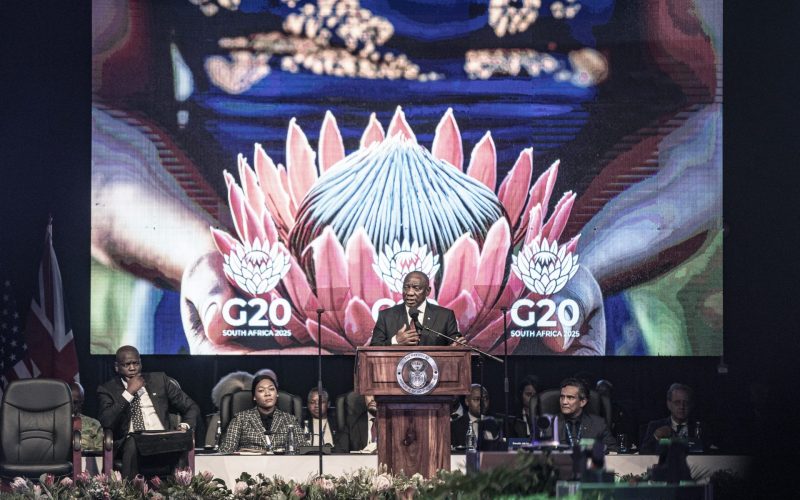Background on special drawing rights
Special drawing rights (SDRs) are a form of ‘reserve asset’ created by the International Monetary Fund (IMF) in the late 1960s. The value of the SDR is based on a basket of currencies, namely the British pound, Chinese renminbi, Japanese yen, euro and US dollar. The IMF, its member states and 20 other organisations hold SDRs.1International Monetary Fund, “IMF Executive Board Approves the Applications of Five Institutions to Become Holders of Special Drawing Rights”, February 21, 2023. The prescribed holders are: the African Development Bank, African Development Fund, Arab Monetary Fund, Asian Development Bank, Bank for International Settlements, Bank of Central African States, Caribbean Development Bank, Central Bank of West African States, Development Bank of Latin America (Corporacion Andina de Fomento), Eastern Caribbean Central Bank, European Central Bank, European Bank for Reconstruction and Development, European Investment Bank, Inter-American Development Bank, International Development Association, International Bank for Reconstruction and Development, International Fund for Agricultural Development, Islamic Development Bank, Latin American Reserve Fund and Nordic Investment Bank.
These 20 organisations are known as ‘prescribed holders’. They can buy and sell SDRs, but they do not receive allocations of SDRs as IMF member states do. The member state holders of SDRs can exchange SDRs for currency when needed; hence they can be used to create liquidity and fiscal space. Holding SDRs is essentially cost-free, but nations that exchange their SDRs for financing will face net charges on the difference between their cumulative allocations and their SDR holdings. The IMF has the authority to allocate SDRs to member states. This is known as a ‘general allocation’ and the SDRs are distributed to IMF shareholders in proportion to their quota shares (linked to voting power) at the IMF.
The most recent allocation was in 2021, when the IMF allocated SDR 456 billion. At the time, this was equivalent to $650 billion, the vast majority of which went to rich countries, given that SDRs are allocated proportionally. The purpose was to enhance liquidity as countries struggled with the COVID-19 pandemic. Prior to that, there was an allocation equivalent to about $250 billion in 2009 during the global financial crisis. In 2021 the G20 committed to reallocate $100 billion of the $650 billion in SDRs to low-income and vulnerable middle-income countries. To date, these reallocations (or ‘donations’) have been made to the IMF’s Poverty Reduction and Growth Trust (PRGT), which provides concessional resources to the poorest countries. The IMF has been able to provide nearly SDR 26 billion (about $35 billion) in interest-free loans via the PRGT. The other instrument is the Resilience and Sustainability Trust (RST), which has received pledges of SDR 31.9 billion (about $41.4 billion) from 21 holders of SDRs. The RST provides longer-term lending for low-income and vulnerable middle-income countries.








